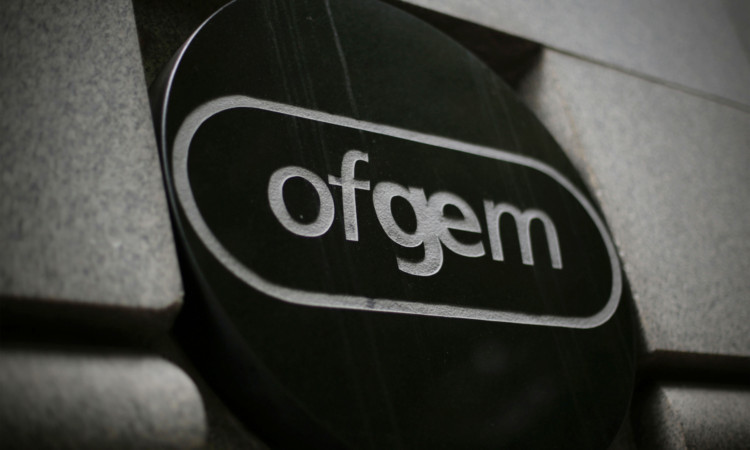The profits made by the Big Six energy firms in supplying British households have multiplied five-fold to more than £1 billion since 2009, according to figures from regulator Ofgem.
It meant they pocketed an average of £53 profit per home last year, representing a profit margin of 4.3% – up from £30, or 2.8%, in 2011.
The figures show that together British Gas, E.ON, EDF, npower, ScottishPower and SSE recorded underlying earnings – before interest payments and tax – of £1.19 billion in 2012, up from £221 million in 2009.
They are likely to fuel further anger over rising gas and electricity bills.
The rise in profits in 2012 from the year before was partly explained by higher gas consumption during a period which was colder than average, compared to 2011, which was warmer than average.
Ofgem said bill increases in 2012 were caused by higher prices for gas and electricity on the wholesale market, up 14%, plus rising costs of transmission and distribution, and Government levies, up a combined 20%.
It echoed the reasons for recently-announced tariff rises cited by a number of suppliers.
The report showed that from 2009, a number of loss-making domestic suppliers had moved from loss to profitability, as prices had “increased significantly”.
It said there was “some evidence of rising profit margins” – attributed to higher prices and volumes rather than lower costs.
The report added: “It is not yet possible to assess whether this is a sustained trend or the result of unusual weather over the past three years.”
Ofgem noted that all of the Big Six supply firms also generated power, where their businesses showed a profit margin of 19.9% in 2012.
However, the regulator said that this figure – which has been falling since 2009 – was “not too meaningful” since it did not take into account large sums required to invest in power stations.
Total profits across supply and generation fell by £133 million, or 3.4%, in 2012 compared to the previous year.
Ofgem has already introduced measures to try to introduce competition in the energy supply market, including the opening up of wholesale electricity for independent suppliers to be able to compete with the Big Six.
The regulator is currently carrying out an assessment and is due to publish its findings next March.
A raft of large tariff increases by major suppliers has recently sparked a political storm, with Labour pledging that it will freeze energy bills if elected.
The coalition government is widely expected to announce changes next month to the way it levies charges on bills to pay for energy efficiency measures.
